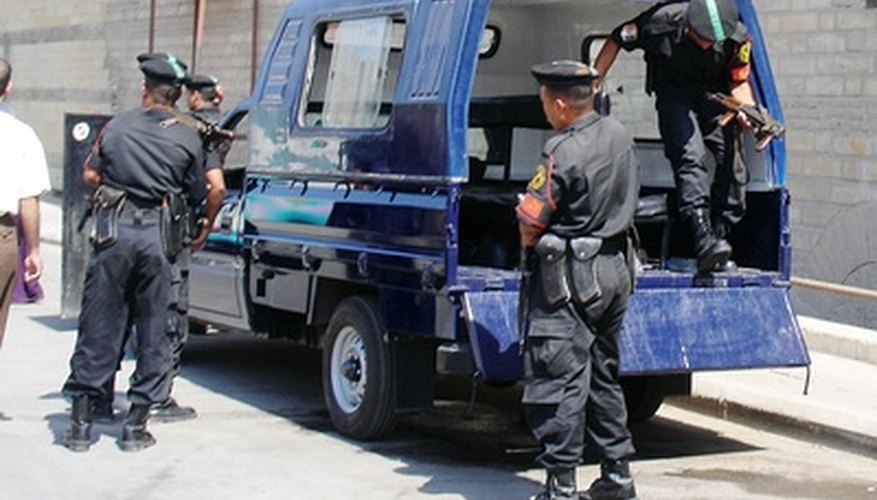Communication is an important factor in effective policing. Police work in the streets and communication with the public is critical in law enforcement. Police officers encounter a wide range of people of all races, cultures, ages, ethnicities and backgrounds, and they need to effectively communicate with them all. While in the office environment, effective communication aids police officers in understanding and supporting visions and goals of an agency or between several law enforcement agencies.
Internal Police Communications
The main aim of internal communications by police departments is to achieve agreement between all the members of a given department. It is this agreement that aids in the achievement of established police objectives. Internal communication acts as a base for common action and the understanding of setbacks and accomplishments that the police face in their day-to-day activities. Internal police communications also involves information sharing on crucial crime prevention activities. This includes circulating to all police officers the picture of a criminal on the run so that any officer who comes across him can arrest him. Internal police communication involves the use of telephones, telegraph and radio facilities. It is also done through written memos, communication during meetings as well as fax and e-mail.
- The main aim of internal communications by police departments is to achieve agreement between all the members of a given department.
- Internal communication acts as a base for common action and the understanding of setbacks and accomplishments that the police face in their day-to-day activities.
Police-Community Communications
Communities rely upon the police to protect them. Simultaneously, police rely on communities' support and cooperation to provide effective services such as the elimination of criminal acts and the enforcement of the law. Therefore, communications between the police and the community should be harmonious. Communication strategies between the community and the police can be constrained by the existence of communication obstacles such as language barriers and lack of a good relationship between parties. Police-community communication is usually done through announcements in the media and meetings where the two parties engage each other on how to tackle crime. This communication is also in the form of community members visiting police stations to volunteer crucial information that police need to carry out their duties.
- Communities rely upon the police to protect them.
- This communication is also in the form of community members visiting police stations to volunteer crucial information that police need to carry out their duties.
Communication With Enforcement Agencies
Routine police work involves coordination and communication with various police agencies, medical departments and even public service organisations. The main objective of interagency communication is to create a well-coordinated response in cases of emergency and effective law enforcement, which in some instances cuts across jurisdictions. One of the most reliable communication tools used for interagency communication and coordination is wireless communication systems. However, one of the limiting factors in effective communication between law enforcement agencies is funding of the different communication bands for the different agencies. This is because wireless communication systems rely on radio frequencies that are also dependent upon frequency availability and compatibility.
- Routine police work involves coordination and communication with various police agencies, medical departments and even public service organisations.
- However, one of the limiting factors in effective communication between law enforcement agencies is funding of the different communication bands for the different agencies.
